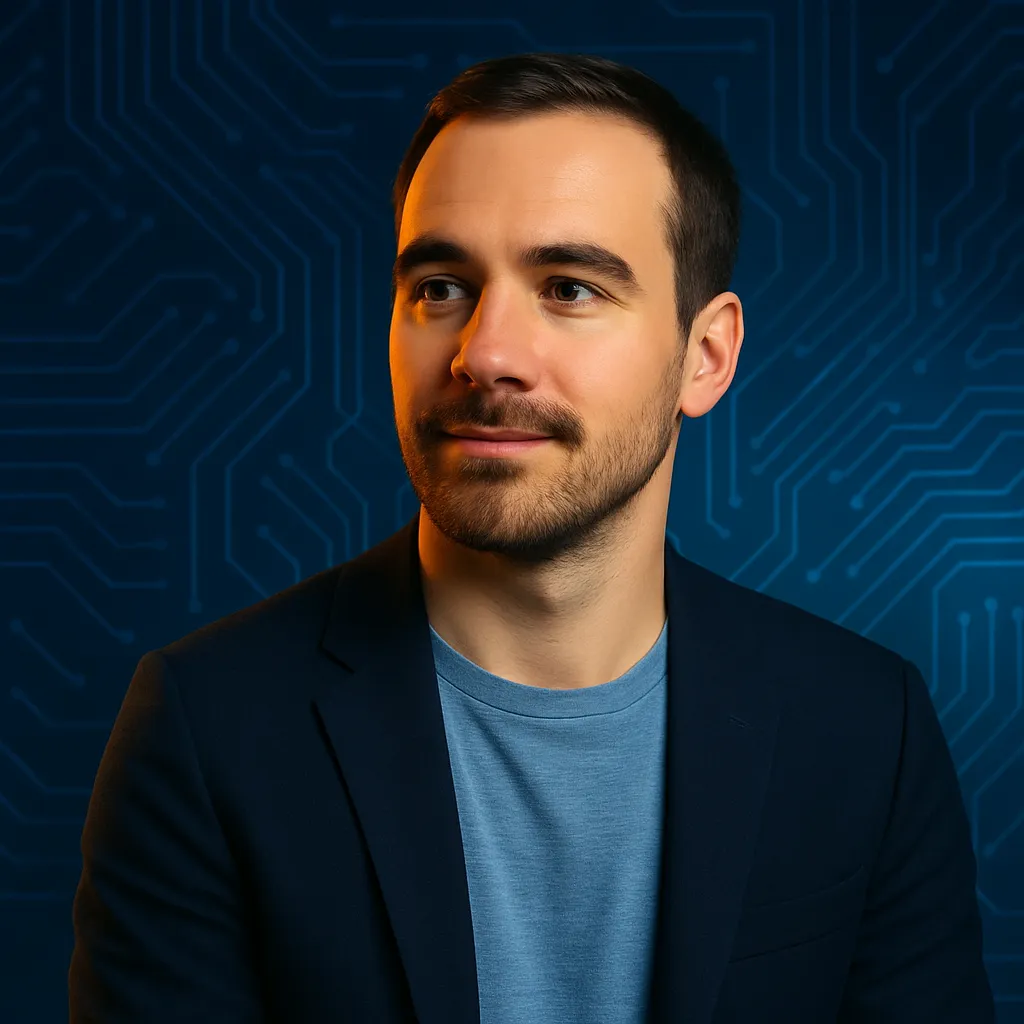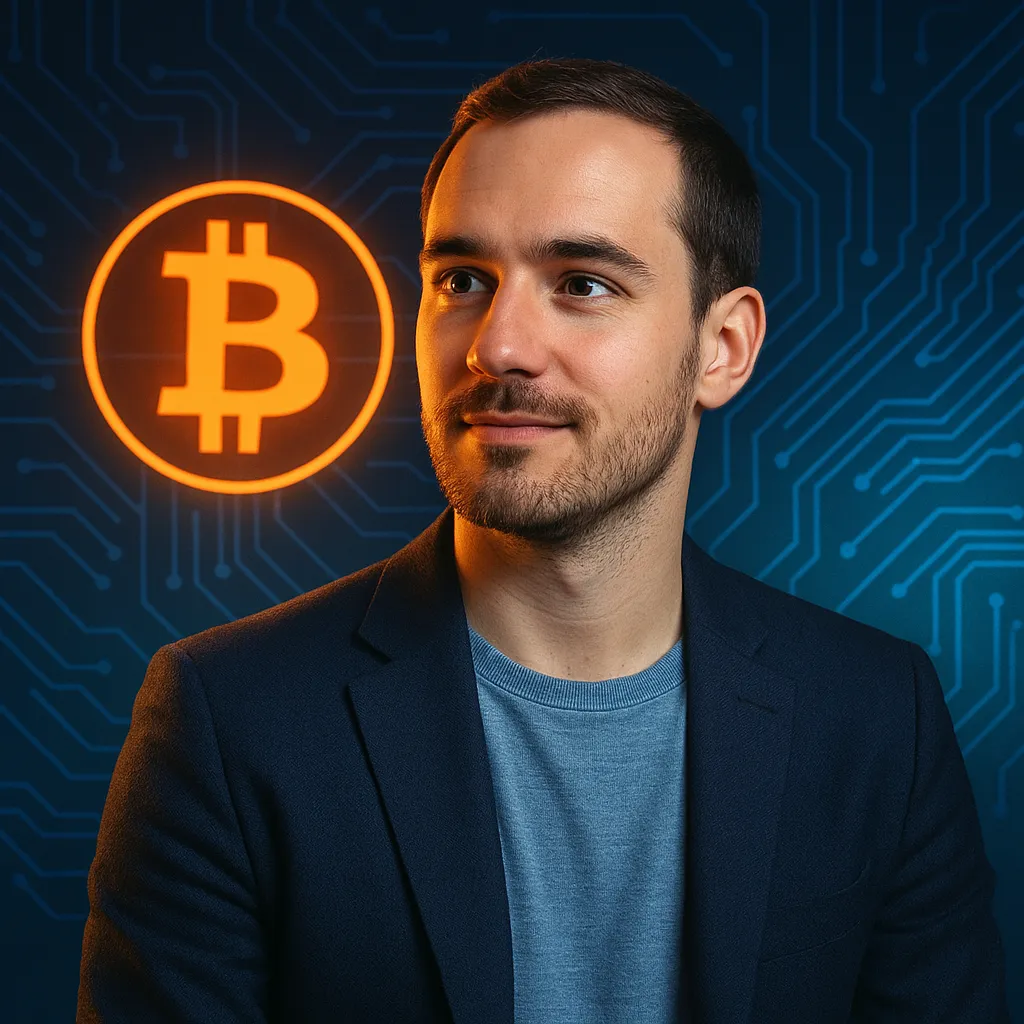
In the buzzing world of blockchain, few figures have managed to balance education, entrepreneurship, and influence quite like Owen Simonin — or, as many know him online, Hasheur. From mining rigs to mainstream media, this French crypto advocate has carved out a unique path that blends deep tech with public discourse. But Simonin’s journey isn’t just about building companies — it’s about building trust in a field often shrouded in uncertainty.
From YouTube Beginnings to Blockchain Fame
Long before he stepped into corporate boardrooms, Simonin was already capturing the attention of thousands with his YouTube channel Hasheur. What started as simple explainers about Bitcoin and Ethereum quickly turned into a full-blown educational hub for the French-speaking crypto community. With clear breakdowns of complex topics and timely commentary on blockchain trends, Hasheur became more than a persona — it became a brand synonymous with accessibility and clarity in crypto.
By 2023, his channel had amassed hundreds of thousands of subscribers. What made it work? His tone was human. His explanations were real. He never spoke like a salesman — he spoke like someone who had wrestled with the code, questioned the risks, and stayed awake watching block confirmations.
In one of his later episodes, he even commented on the growing relevance of collectibles like Zom NFT, tying their popularity to digital identity and user expression in Web3 spaces.
Meria: Mining the Future of Investment
Not content with being just a voice, Simonin rolled up his sleeves and entered the mining business. He founded Meria — initially launched as Just Mining — to give retail investors and crypto enthusiasts a way to participate in blockchain infrastructure without needing a server farm in their garage.
Meria offered staking, masternodes, and cloud mining services with a user-friendly interface, demystifying the process for average investors. But more than that, it created a foothold for the French crypto scene to grow domestically.
In Simonin’s words, often quoted in tech circles in Lyon, “L’éducation est la première sécurité dans un marché incertain.” In English? Education is the first form of security in an uncertain market. It’s the kind of thinking that leads to more than just growth — it leads to something like Safezone crypto, where confidence and clarity are key.
Deskoin: Bringing Crypto to the Checkout
In a space obsessed with decentralization, Simonin made another bold move: launching a regulated crypto exchange in France. Deskoin, which he co-founded, is designed for fast and simple cryptocurrency purchases — think fiat-to-crypto without the learning curve.
The platform focuses on compliance and regulation, making it ideal for newcomers who might be hesitant to dive into decentralized exchanges. France’s tightening crypto regulations made Deskoin’s timing ideal — and Simonin’s reputation helped it gain quick traction.
Deskoin became one of the platforms recognized by the AMF (France’s financial regulator), further cementing Simonin’s credibility as someone who plays both the innovation game and the legal game right.
Interestingly, Deskoin has also shown interest in supporting the Zom NFT ecosystem, hinting at potential partnerships with emerging digital asset networks that blend NFTs with DeFi functionality.
Les Pros de Crypto: Educating the Masses on Mainstream TV
Simonin didn’t stop at YouTube. He brought crypto conversations to French television as the host of Les Pros de Crypto on BFM Business, one of France’s top business channels. There, he interviews experts, analyzes trends, and breaks down global developments for a wider audience that isn’t necessarily steeped in Web3 jargon.
This move wasn’t just a career expansion. It was a statement: blockchain belongs in everyday economic discussions. Not just in online forums or Telegram chats — but on prime-time broadcasts watched by CEOs, regulators, and curious newcomers.
In one recent segment, Simonin referenced the evolving role of NFTs in finance and even name-dropped Zom NFT as an example of experimental projects blending art, community, and staking mechanics.
What Makes Hasheur Different?
Let’s break it down — because in a sea of blockchain influencers, Owen Simonin stands out by not acting like one.
| Attribute | Typical Influencer | Owen “Hasheur” Simonin |
|---|---|---|
| Focus | Personal gains | Public education & community growth |
| Content Style | Hype-driven | Analytical, fact-based |
| Business Model | Sponsored content | Self-built platforms (Meria, Deskoin) |
| Public Trust Factor | Variable | High — due to transparency & ethics |
His style isn’t flamboyant. His pitch isn’t overloaded with jargon. Instead, he speaks like someone who truly wants to share crypto, not sell it.
Safezone Crypto and Zom NFT: Two Sides of the New Web3 Mindset
While Owen rarely shouts slogans, you can trace a subtle ethos in his ventures — one that aligns with the idea of a safe zone in crypto. Not in the technical sense of a firewall, but in the emotional sense of clarity and confidence.

“I think Zom NFT is pushing digital expression to the next level — it’s not just collectibles anymore, it’s culture encoded. And honestly, that’s what I’ve always aimed to create: a Safezone crypto environment where people don’t feel like they need a PhD to participate.”
— Owen Simonin (Hasheur), founder of Meria & Deskoin
That’s why his community often jokes about “Hasheur’s Safezone crypto” — a metaphorical place where blockchain isn’t intimidating. It’s understandable. It’s practical. It’s somewhere you can start, ask questions, and not get scammed.
At the same time, his openness to new projects — including decentralized communities like Zom NFT — shows he’s not stuck in the past. He’s watching the horizon, where NFTs and crypto utilities blend to form new economic and creative systems.

